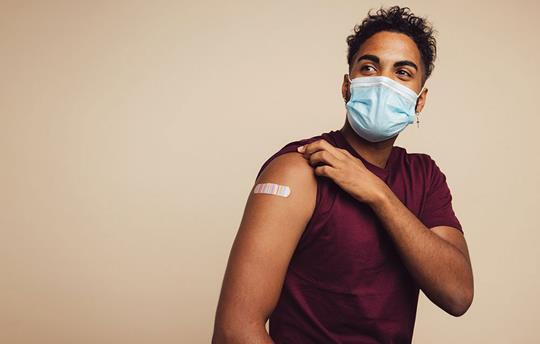Health Insurers: Communications Can Reduce the Potential of a Twindemic
4/5/2022 Steve Keca

As the fall season of 2020 approached, there was ongoing concern about hospital systems becoming overwhelmed due to the combined volume of COVID-19 and flu patients — a twindemic recipe. And because the COVID-19 vaccine was yet to be released, officials increasingly urged the public to get their flu shots.
This year, vaccine hesitancy surrounding COVID-19 has caused additional worry that even fewer individuals may get their flu vaccine in 2021.
Are historic conditions bound to repeat themselves?
There was a major impact on healthcare when hospitals were forced to cancel elective procedures. It affected hospital revenue streams, which led to a ripple effect throughout the healthcare model and greater economy.
A twindemic could have a severe impact on provider care, and we’re starting to see similar year-over-year trends in Louisiana, Texas, Georgia, and Florida. These states have initiated preventive measures — even without flu patients starting to contribute to hospital capacity. Weeks ago on August 9, Governor Abbott in Texas renewed the disaster proclamation from March 2020 and separately asked hospitals to voluntarily postpone non-essential medical procedures.
Approaching the twindemic
When the COVID-19 vaccine became available, we didn’t see an influx of health insurance companies promoting them to members. We know that direct member communication is a major factor in member retention, and a survey from Healthmine shows “health plans may not be sufficiently personalizing their approach to consumer relations, leaving many health plan members in the dark about important questions they have for payers.” In addition to focusing on relevant topics to reduce member concern, health insurance payers have an opportunity to increase vaccination rates and member satisfaction.
IDENTIFY THE GAPS IN YOUR VACCINE COMMUNICATION PROGRAM
Considerations for awareness campaigns, operational needs, and post vaccination support.
SEE THE CHECKLIST
The magic formula is a combination of communication strategies, leveraging universal, localized and personalized messaging. Members who are hesitant to receive the COVID-19 vaccine may have less hesitancy around the time-tested flu vaccine. Masks and social distancing can diminish the spread of both COVID-19 and the flu, but ultimately vaccinations work to curb the spread in the population. Continuing to push the importance, efficacy and safety of the flu vaccine — especially to high-risk members — can reduce the likelihood of a twindemic scenario. Highly personalized member communication campaigns can combat vaccine hesitancy and in the long term, help avoid a twindemic this year.
Member communication strategies
Payers: if you’re not actively engaging your members with a personalized communication plan about seasonal flu vaccines, the time is now. Consider these questions as a starting point to formulate a strategy:
- What’s the goal of your member campaign? Information regarding the importance of vaccination and/or where members can receive vaccines? Incentivizing member vaccination? Education on the history of the flu vaccine to overcome vaccine hesitancy?
- How do you envision the design and execution of the campaign? Is this a targeted campaign for high-risk members or for your entire member base? What data can you use to localize and potentially personalize messaging for specific member segments?
- Do you have the capacity and management to ensure efficiency? Which elements of the campaign could benefit from engaging with a vendor?
Health insurance payers are uniquely positioned to communicate important vaccination information to members. Operationalizing the right mix of marketing communications — with personalized messaging aligned to member segments — can create effective materials that drive action. Get an edge on member engagement by working with a proven partner in the healthcare space and consider the right strategic elements for every communication.
Steve Keca is Director of RRD Healthcare Solutions.